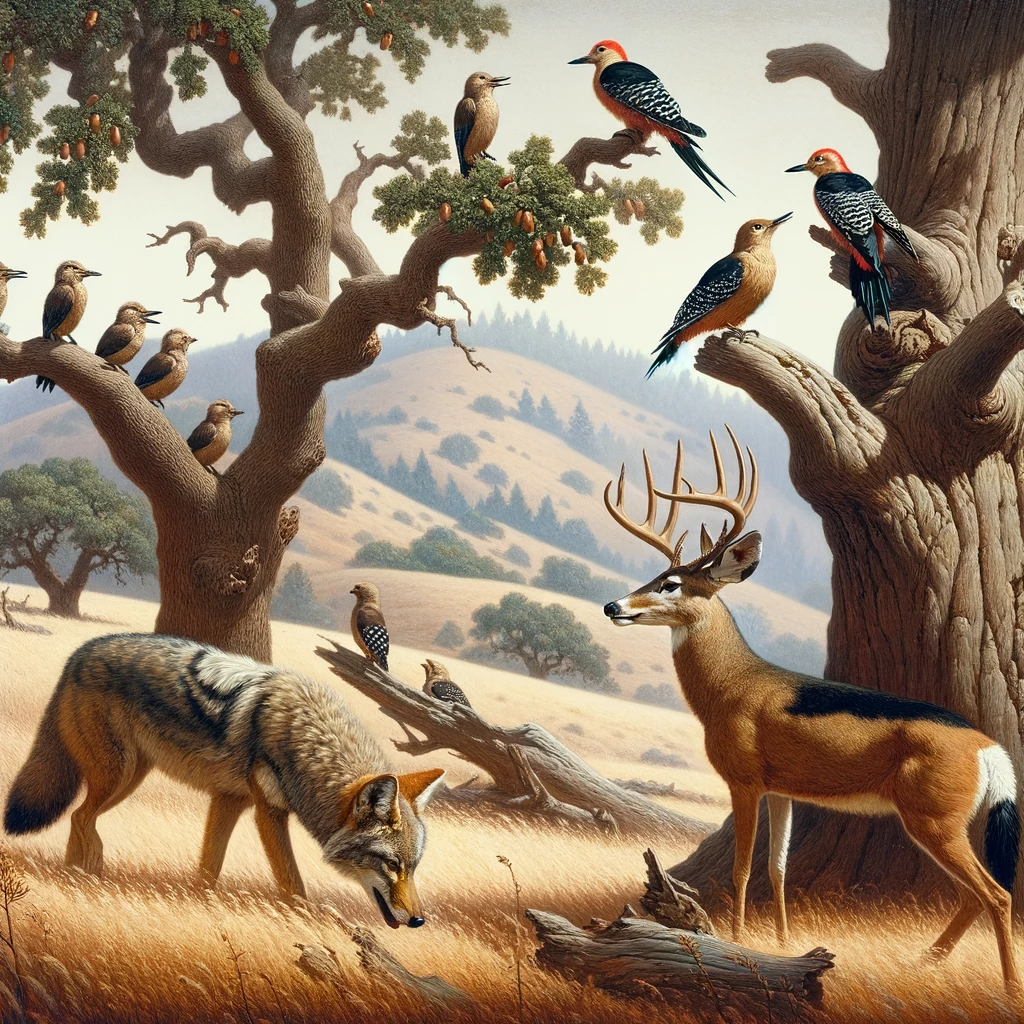===========================================
In this work, the principles of Causal Structure Discovery (CSD) and deep learning methodologies, traditionally applied to climate systems are extended, to the realm of biodiversity, specifically focusing on species distribution and interaction models. By integrating these models with existing climatic system frameworks, the aim is to uncover causal gateways and pinpoint perturbation points within ecosystems. This integrative approach allows us to unravel the complex interdependencies in ecological networks, highlighting the vulnerability of keystone species to changes in the ecosystem and tracing the propagation of perturbations across various species. This study not only provides a novel perspective on the dynamics of species interactions in response to climatic shifts but also sets a new benchmark in the combined application of CSD and deep learning in ecological research. This work is pivotal in understanding the cascading effects of environmental changes on biodiversity, offering insights into conservation strategies and the sustainable management of ecosystems.
Causation is a direct effect between variable X and Y that remains after adjusting for confounding. Confounding can be observed or unobserved.
Since the 17th century modern science, we have had two kinds of scientific methods for discovering causes.
The first method involved manipulating and varying features of a system to see what other features do or do not change.
While there are many experiments that fit this methods perhaps the most famous one is Pavlov's classical conditioning experiment, where he established a stimulus-response connection.
These methods shone brightly but manipulating systems like live animals or environments are bounded by ethics and costs. The notorious experiments like Tuskegee study and prison experiments among others have shown us why the intervention methods are dangerous.
The other scientific methods for discovering causes involved observing the variation of features of system without manipulation.
In these methods observational data will be collected for a system and just by observing who different attributes of a system changes causal connections can be established between different parts of the system.
Some examples, include discovering astronomical objects through observational data or connecting weather patterns through remote sensing data.

This Jupyter Notebook presents a structured analysis and application of causal discovery algorithms to two distinct but interconnected domains: climate data and biodiversity species interaction data. The primary aim is to explore and analyze various causal discovery algorithms, showcasing their functionality and effectiveness in different contexts. The notebook begins by applying these algorithms to climate data, with the objective of uncovering and visualizing the underlying causal graphs. This process involves a detailed examination of the data, followed by the implementation of causal discovery techniques to elucidate the complex causal relationships inherent in climatic systems. The resulting causal graphs offer insights into the dynamic interactions and dependencies within the climate data. Subsequently, the focus shifts to biodiversity, specifically examining species interaction data. Here, the same causal discovery algorithms are employed to analyze the data and recover the underlying causal graphs. This section of the notebook highlights the relationships and interactions among different species, providing a graphical representation of these ecological networks. The culmination of the notebook is the integration of the two causal graphs - one from the climate model and the other from the species interaction model. This integration facilitates the creation of a new, comprehensive graph that illustrates the interactions between climate models and species interactions. The combined graph aims to provide a more holistic understanding of how climatic changes impact biodiversity and vice versa. Throughout the notebook, the emphasis is on methodical analysis and clear presentation of methods and results. Interactive elements and visualizations are incorporated to aid in understanding and to engage the user in the analytical process. This notebook serves as an educational and analytical tool for researchers and students interested in causal analysis in environmental and ecological data.
